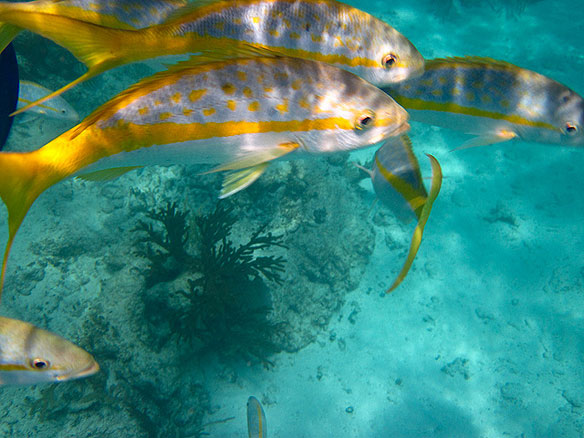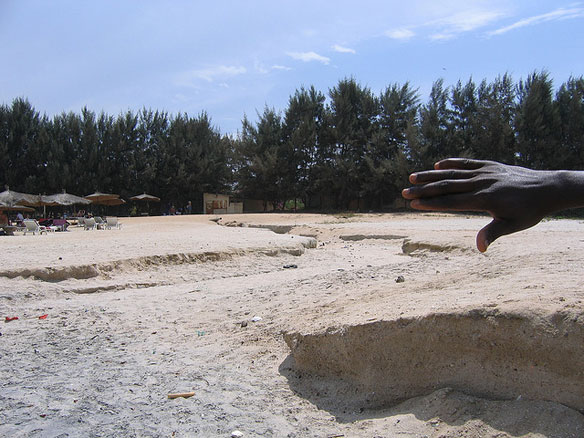Proposed Ports Gravely Threatens Coastal Beauty, India

Galloping capital flow into coastal infrastructure development will see a port built every 32 km along India’s 480kms’ coast. India aims to pour $60 billion into ports by 2020 under a drive to spur the fastest growth in more than two decades. The most serious and direct implication is aggravated coastal erosion, which will deprive local communities of the beaches on which their lives and livelihoods depend.
Pacific Walruses Studied as Sea Ice Melts

The extent of sea ice has been less in recent summers, and large herds of walruses have been hauling out on beaches in Alaska and Russia in the past few years, forsaking sea ice for sand in what has become a symbol of climate warming. Studies show that In 2010, walruses came ashore in late August, and this year, the sea ice disappeared from the shelf earlier, and walruses have already begun to come ashore.
Sand For Sale: Environment Ravages

The “king Of Koh Kong” has defied an order endorsed by the Cambodia’s Prime Minster to halt his controversial and environmentally damaging sand dredging activities on the Tatai river in Koh Kong.
Raising Awareness of Plastic Waste

Most people are familiar with the concept of a carbon footprint. Many may also know there is such a thing as a water footprint. But whoever heard of a plastic footprint? Well, soon, more and more people will have. The Plastic Disclosure Project aims to “push the thinking about plastic pollution far beyond beach cleanups with an attempt to change the awareness and behavior of big users of plastic”…
Bali Struggles With the Dark Side of Success

Bali may still be the Island of the Gods and the Island of a Thousand Temples, but it is certainly no longer the island of pristine beaches. Construction cranes on beaches, damaged coral, and floating trash in the turquoise waters off Bali and on its sandy beaches, are unfortunate signs of just how successful the Indonesian resort island has been leading to coastal over-exploitation and pollution.
Worldwide Map Identifies Important Coral Reefs Exposed to Stress

The world’s coral reefs face a multitude of threats, from rising ocean temperatures to overfishing. A new map aimed at aiding coral conservation has been developed that points out the reefs that are most and least at risk.
Environmental Impacts of Algae-Derived Biodiesel

Algae-based fuel is one of many options among the array of possible future energy sources.
Dead Zone Off Gulf Coast, As Large As The State Of New Jersey

Dead zones off the coast, are fueled by nutrient runoff from agricultural and other human activities in the Mississippi River watershed, which stimulates an overgrowth of algae that sinks, decomposes and consumes most of the life-giving oxygen supply in bottom waters. These chronic, recurring hypoxic zones every summer represent a significant threat to Gulf coastal ecosystems.
Ghana’s Ongoing Battle Against Coastal erosion

According to estimates, the ocean claims 1.5 to 2 metres of the 539- kilometres Ghana coastline annually; with the most risky coastal areas, Ada Foah and the Eastern parts of Keta, recording 4 metres. Ghana’s Government decided on a costly and controversial project: the building of a 68 million euros, 30 kms “Ada Defense Sea Wall” to “salvage the people in the area from the ravages of the sea…”
